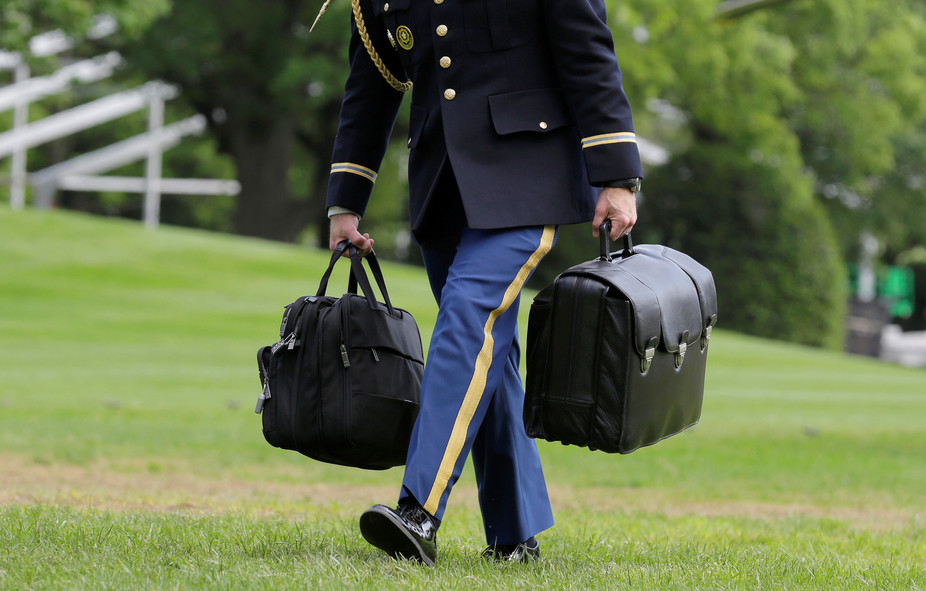How to limit presidential authority to order the use of nuclear weapons
In the United States, the president has sole authority to order the use of nuclear weapons, for any reason and at any time. This arrangement is both risky and unnecessary.
The risks are not hypothetical. During the Watergate scandal, President Nixon was drinking heavily and many advisers considered him unstable. During the 1974 impeachment hearings, Nixon told reporters that “I can go back into my office and pick up the telephone and in 25 minutes 70 million people will be dead.” Defense Secretary James Schlesinger reportedly instructed the Joint Chiefs of Staff that “any emergency order coming from the President”—such as a nuclear launch order—should go through him or Secretary of State Henry Kissinger first. But Schlesinger had no legal authority to intervene, and it is not clear what would have happened if Nixon had ordered an attack.
The United States should modify its decision-making procedures to require that one or more officials concur with a presidential order to use nuclear weapons before the military carries it out.
